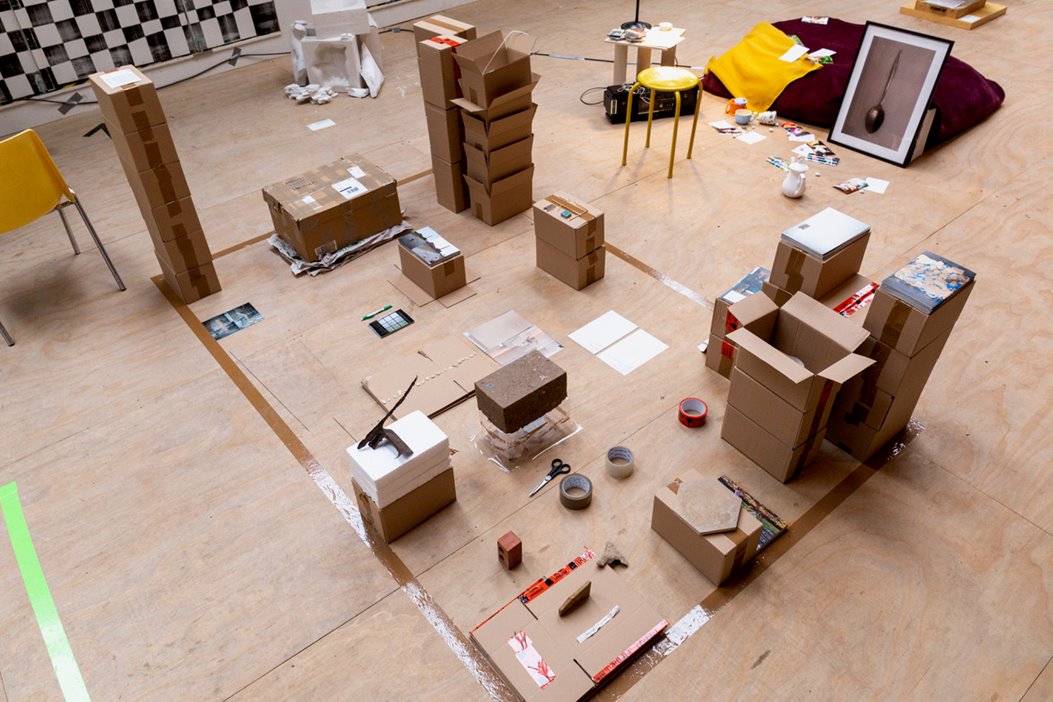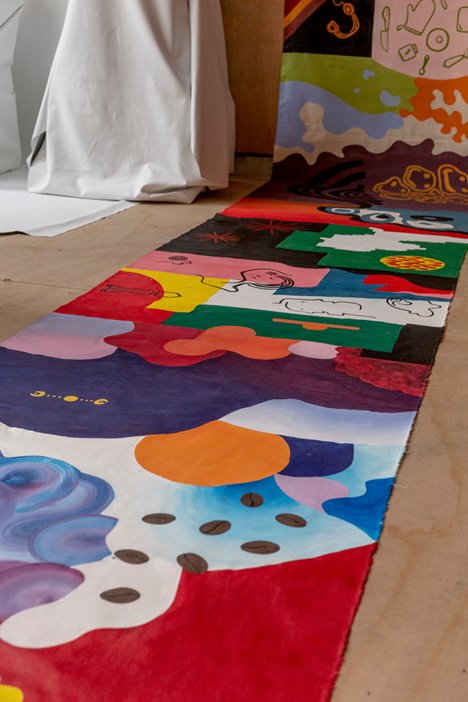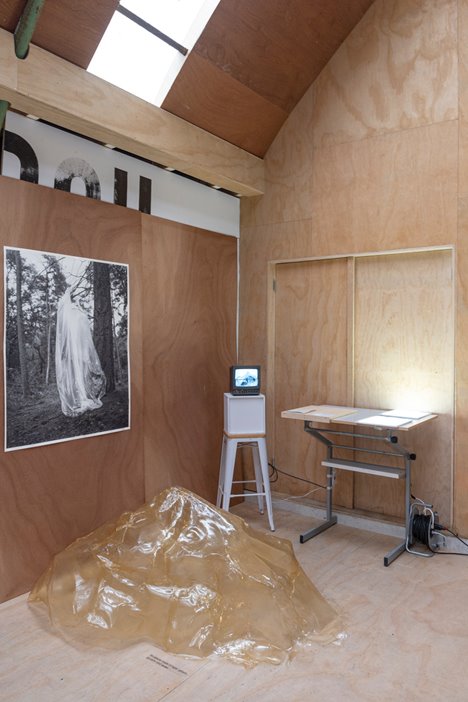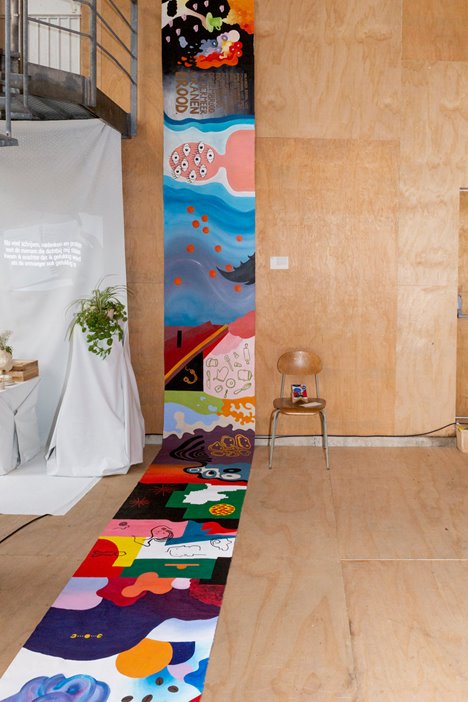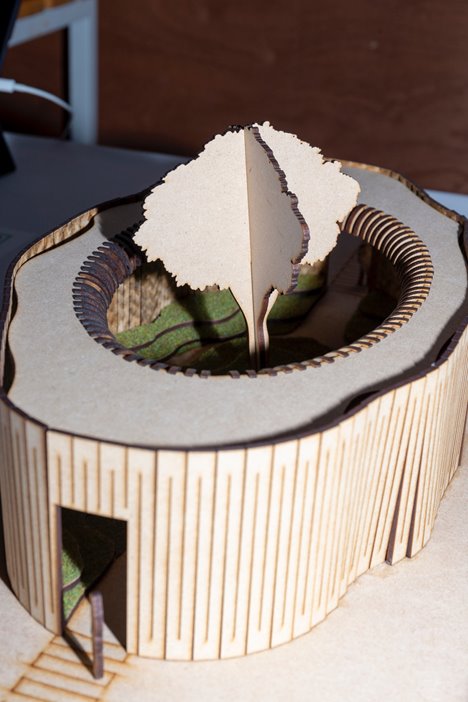Minor Spatialisation Design in a nutshell
- You work on a research and design project in the spatial domain
- You work with an open view, with curiosity and an interest in the unknown and the unexpected.
- You work in a studio and gain access to all our workshops and technical knowledge and skills.
- This minor is available in semester 1 (1 Sept 2024 – 1 February 2025).
